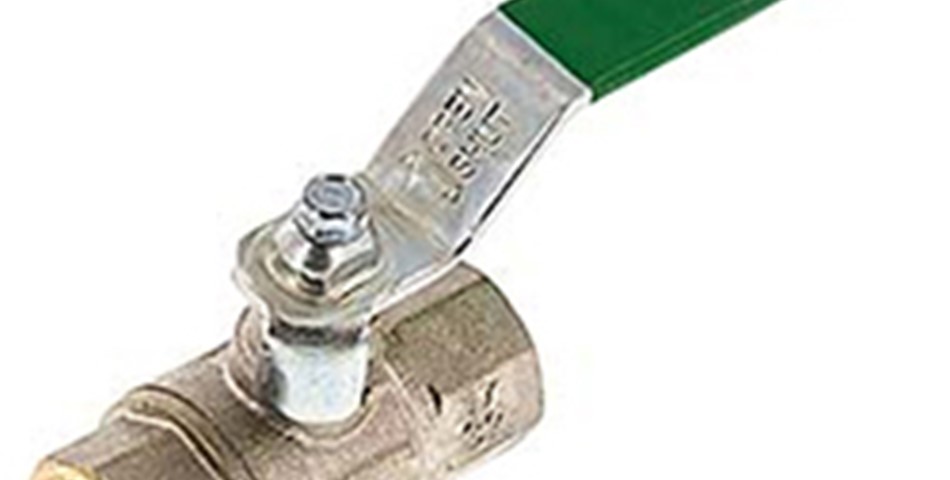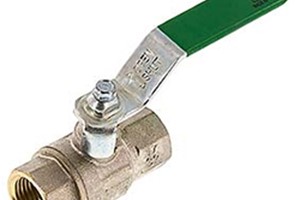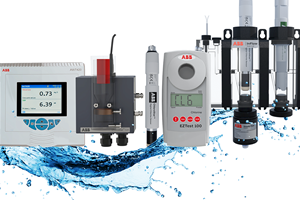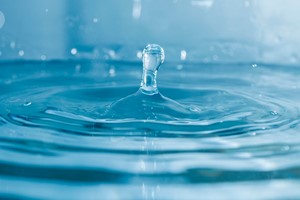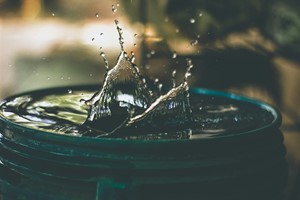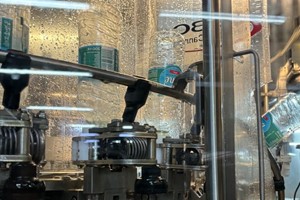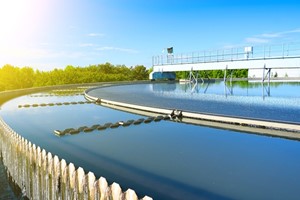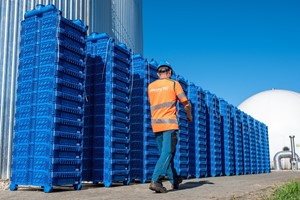Ball valves are one of the most common types of valves used for drinking water applications for residential and commercial use. It is important to state that the domestic water distribution system is the responsibility of the property owner and not the government. This also applies to drinking water in commercial or industrial buildings. The responsibility of ensuring proper drinking water quality from a public supply stops at the entrance to your building. The standards for piping equipment that will interact with drinking water are quite strict. The materials that come in contact with drinking water can introduce impurities or serve as a breeding platform for organisms that affect the quality of the water.
There are several considerations when selecting a ball valve for drinking water. The valve needs to be corrosion-free, resistant to chemical and electrical reactions, anti-legionella, etc. Also, consumer end components need to be maintenance-free, it must completely shut-off when closed, it should be compact, and easy to use. There are certifications and regulations applicable to valves and other components that come in contact with drinking water.
What is a ball valve?
A ball valve is a quarter-turn valve type. This means 90 degrees turn will move the valve from the fully closed position to the fully open position. The valve consists of a ball with a hollow center where water passes through. Ball valves are popular in domestic and industrial applications. They are low cost, available with a wide variety of end connection types and maintain a consistent performance after several years of use. They can operate over a wide range of pressure and temperature, easy to install and replace, and can function for a long period without maintenance.
Drinking water valve requirements
In domestic water distribution systems, the valves are often permanently installed. Over time, a water valve can degrade causing potential contamination and enabling microbial growth. Therefore, it is important to select a valve type that meets several requirements for drinking water. A good practice is to check the manufacturer’s documentation for compliance of the valve for drinking water applications.
Depending on the country, there are different certifications and regulations required for valves that come in contact with drinking water. Some of these are:
Kiwa Water Mark
The Kiwa Water Mark is a Dutch certification for products that come in contact with drinking water. It covers both private and public water system requirements.
NSF (National Sanitation Foundation) – North America
The NSF is a North American product testing, inspection and certification organization. Components such as plumbing, water treatment chemicals and all other equipment that come in contact with drinking water are certified by the NSF Water Division.
WRAS (Water Regulations Advisory Scheme) – Great Britain
The WRAS certification affirms that a component such as water fittings, plumbing systems and equipment supplied with water from the public water supply, complies with the standard set out by the water regulations in the United Kingdom.
DVGW-W270 – Germany
The DVGW-W270 is a guideline and certification for the drinking water sector in Germany. It includes a test, according to the W270 worksheet, that checks bacteriological growth in a drinking water component.
ACS (Attestation De Conformite Sanitaire) – France
ACS is a mandatory approval in France for materials of equipment that come in contact with drinking water for human consumption.
WaterMark – Australia and New Zealand
The WaterMark is a mandatory certification scheme in Australia and New Zealand for plumbing and drainage products that come in contact with drinking water.
Conclusion
Drinking water ball valves are reliable and durable shut-off valves for both domestic and industrial applications. They are simple, cheap, require little to no maintenance, and are easy to install and use. Drinking water valves should meet the local certification requirements. Valves that are not certified may be susceptible to legionella contamination and may be illegal. Always check for the necessary regulations for your application.



